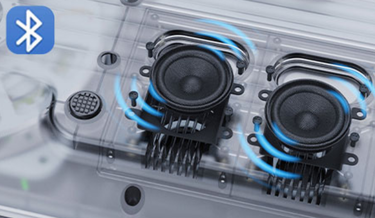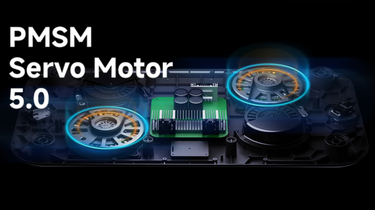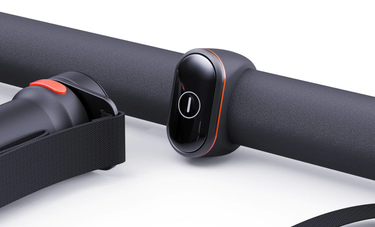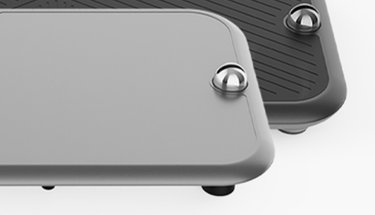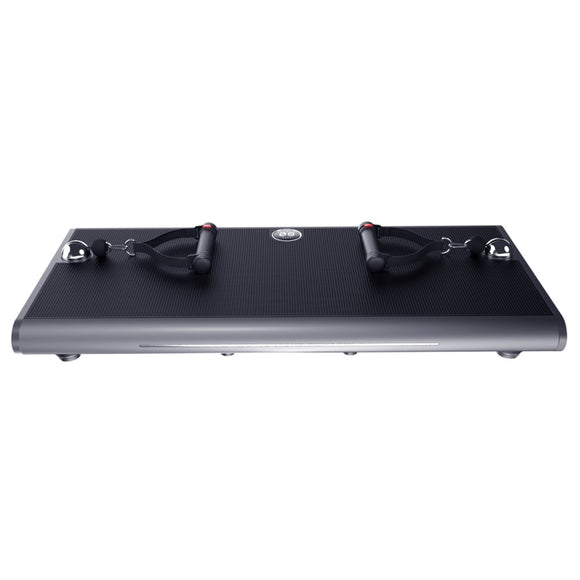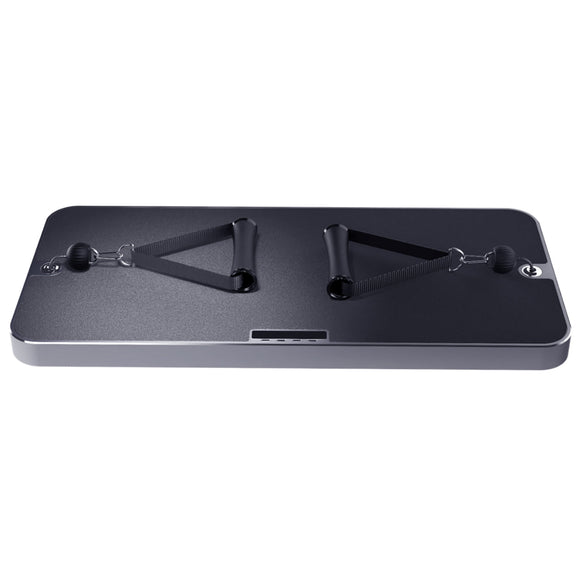How Much Do Home Gyms Cost? Understanding the Investment for Your Fitness Journey
Use this text to share information about your store with your customers. Describe a product, share announcements, or welcome customers to your store.
When it comes to creating your own home gym, one of the first questions that comes to mind is: how much do home gyms cost? The answer depends on various factors, including the type of equipment, the quality of the gear, and the level of technology you choose to integrate into your setup.
For a basic home gym, you can expect to spend anywhere from $200 to $1,000. This typically includes essential equipment like dumbbells, kettlebells, resistance bands, and a yoga mat. For those looking for more specialized gear, such as a multi-functional exercise machine or a treadmill, the cost can quickly rise, ranging from $1,500 to $5,000 or more.
However, with the rise of interactive home gyms like the Innodigym P1, the cost can also reflect the inclusion of smart technology. These advanced machines combine workout versatility with digital interfaces, offering virtual trainers, live feedback, and performance tracking. A high-tech smart home gym like the P1 can range between $2,000 and $4,000, depending on the model and included features.
In addition to the initial investment in equipment, don’t forget to factor in the cost of subscriptions for digital fitness services or apps that accompany many smart gyms. Monthly subscriptions typically range from $20 to $50, depending on the platform.
When budgeting for your home gym, it’s important to think about long-term value. While the upfront cost may seem significant, the convenience, flexibility, and personalized workouts that come with a digital gym solution can provide a greater return on investment compared to traditional gym memberships.
Ultimately, the cost of a home gym depends on your goals and preferences. Whether you opt for basic fitness gear or invest in a fully integrated smart gym, the ability to work out on your terms can be a game-changer in your fitness journey.


